The Federal Reserve stands on the verge of lowering interest rates for the first time since December 2024, a move that has been widely anticipated by investors and closely watched by political observers. According to reports, policymakers at the US central bank are expected to announce a quarter percentage-point reduction in their benchmark rate, bringing it down to a range of 4 per cent to 4.25 per cent. This would mark the lowest level since late 2022.
The expected decision carries weight beyond monetary policy. It is unfolding against the backdrop of a highly publicised conflict between Federal Reserve Chair Jerome Powell and President Donald Trump, whose pressure campaigns have tested the limits of the Fed’s political independence.
A rare move amid economic crosscurrents
The upcoming cut, if confirmed, would represent the Fed’s first step in a new easing cycle. Analysts suggest it may pave the way for additional reductions later this year. The last time the Fed adjusted rates was in December 2024, when it attempted to stabilise growth without reigniting inflation.
The timing of this cut has raised eyebrows because the US economy, while still relatively strong, has shown growing signs of strain. Hiring has slowed significantly in recent months, with revised figures revealing a net job loss in June — the first since the pandemic shock of 2020.
Inflation, though elevated at 2.9 per cent in August compared to a year earlier, has not been considered the central risk by Fed in recent weeks. Instead, concerns have shifted toward the labour market’s fragility and what policymakers fear could be the beginning of a downturn.
Powell versus Trump: A tug of war
The expected rate cut also arrives amid one of the most contentious periods in the modern history of Fed–White House relations. Trump has repeatedly lashed out at Powell, accusing him of hobbling the US economy by keeping rates too high for too long.
On social media, the president has referred to Powell as “a real dummy” and demanded far deeper cuts, calling for rates as low as 1 per cent.
Impact Shorts
More ShortsTrump’s frustration has not stopped at rhetoric. He recently moved to place Stephen Miran, a White House economist and close ally, onto the Fed’s governing board just days before this week’s policy meeting.
The US president has also attempted to fire Governor Lisa Cook, an action temporarily blocked by federal courts. Should he succeed, Trump appointees would hold a majority on the seven-member board, a development that longtime Fed watchers warn could undermine the central bank’s independence.
Despite Trump’s pressure, analysts maintain that the Fed’s decision to cut rates was likely driven by data rather than political demands.
Investors bet on a quarter-point cut
Wall Street appears largely aligned on expectations for Wednesday’s decision. Traders are betting heavily on a 0.25 percentage-point cut, which would mark a modest adjustment rather than the drastic reduction Trump has been urging.
Economists at Wells Fargo, however, anticipate that this week’s cut may be the first of several, predicting total reductions of 0.75 percentage points by the end of 2025, BBC reported.
The market’s optimism is rooted less in consumer relief and more in financial positioning. While rate cuts do not immediately translate into savings for households on mortgages, credit cards or auto loans, they often buoy equities.
Analysts suggest that Wednesday’s expected move could push stocks higher with particular benefits for high-growth sectors such as artificial intelligence. By reducing financing costs and lowering discount rates, the cut may strengthen valuations for technology firms considered most promising in the AI boom.
A cooling economy and strains for households
Beyond markets, the rate cut reflects deeper unease about the health of American households. Data shows that consumer credit scores are deteriorating at the fastest pace since the 2009 recession. This decline reflects the pressure many families face from elevated borrowing costs after two years of tighter monetary policy.
Although inflation has moderated compared to its post-pandemic peak, Trump’s tariff-driven trade policies continue to put upward pressure on prices for basic goods such as coffee, clothing and small appliances.
Meanwhile, the labour market, long a bulwark of the US economy, appears increasingly fragile. Employers added only 22,000 jobs in August, far below expectations, and Powell himself has warned that downside risks to employment could materialise quickly in the form of layoffs and rising joblessness.
At 4.3 per cent, unemployment remains historically low, but the figure is somewhat distorted by Trump’s immigration crackdown, which has reduced the available labour supply. Fed officials project unemployment could climb to 4.5 per cent by the year’s end, suggesting that a rate cut may be as much about cushioning future risks as addressing current weakness.
Political and economic tightrope
Powell’s anticipated announcement illustrates the Fed’s delicate balancing act between economic data and political reality. Inflation, though subdued relative to recent history, remains above the Fed’s 2 per cent target. At the same time, job growth has faltered and household financial stability is showing cracks.
For Powell, the challenge is not only steering policy through these conflicting signals but also preserving the Fed’s credibility in the face of relentless presidential pressure. Trump’s attempts to fire board members, threaten investigations, and publicly belittle Powell are widely seen as unprecedented intrusions on central bank independence. Critics argue that such moves risk eroding investor confidence in the Fed’s ability to make objective, long-term decisions.
What lies ahead
While a 0.25 percentage-point cut may look modest, it signals a shift in the Fed’s strategy that could shape the trajectory of the US economy through the 2024 election season and beyond. Markets expect further reductions if labour conditions continue to weaken and Powell himself has indicated that the Fed is alert to the risks of acting too slowly when the job market turns.
As Powell steps before the cameras to announce the Fed’s decision, he does so not only as a central banker but as a figure at the centre of a broader political storm. Whether his move mollifies markets, reassures households or provokes another round of attacks from the White House remains to be seen.
One thing is clear: the Fed’s decision, though driven by economic fundamentals, is unfolding within a charged political context that may shape not just monetary policy but the broader credibility of America’s financial institutions in the years ahead.


)
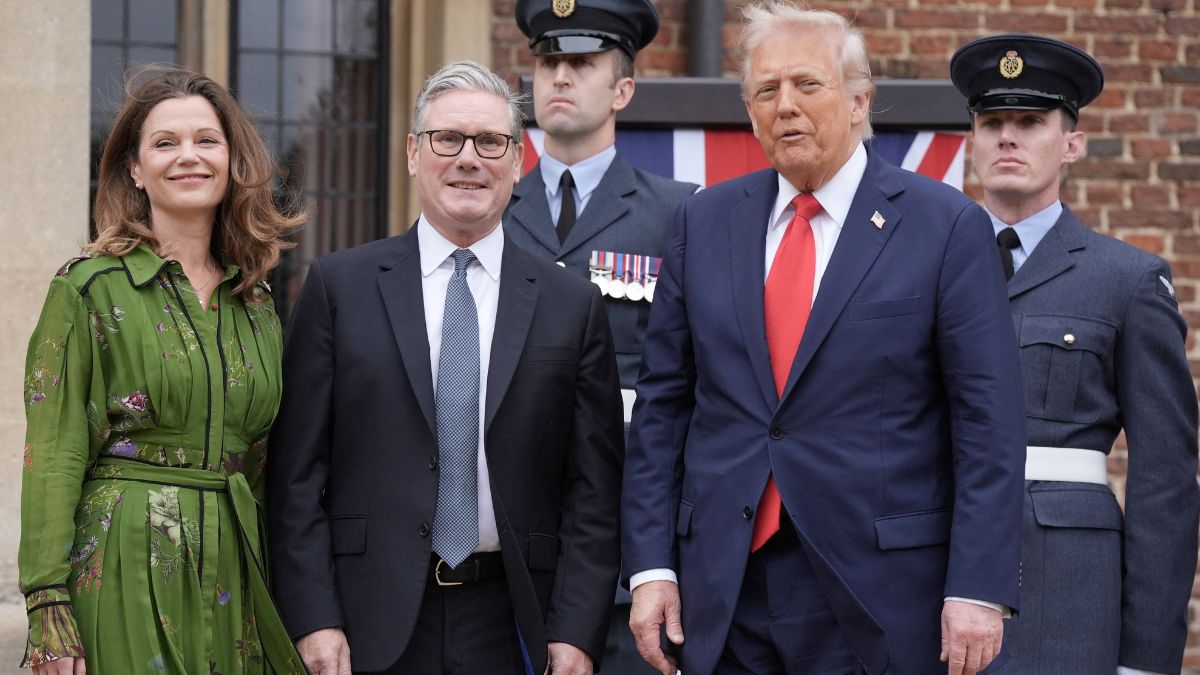
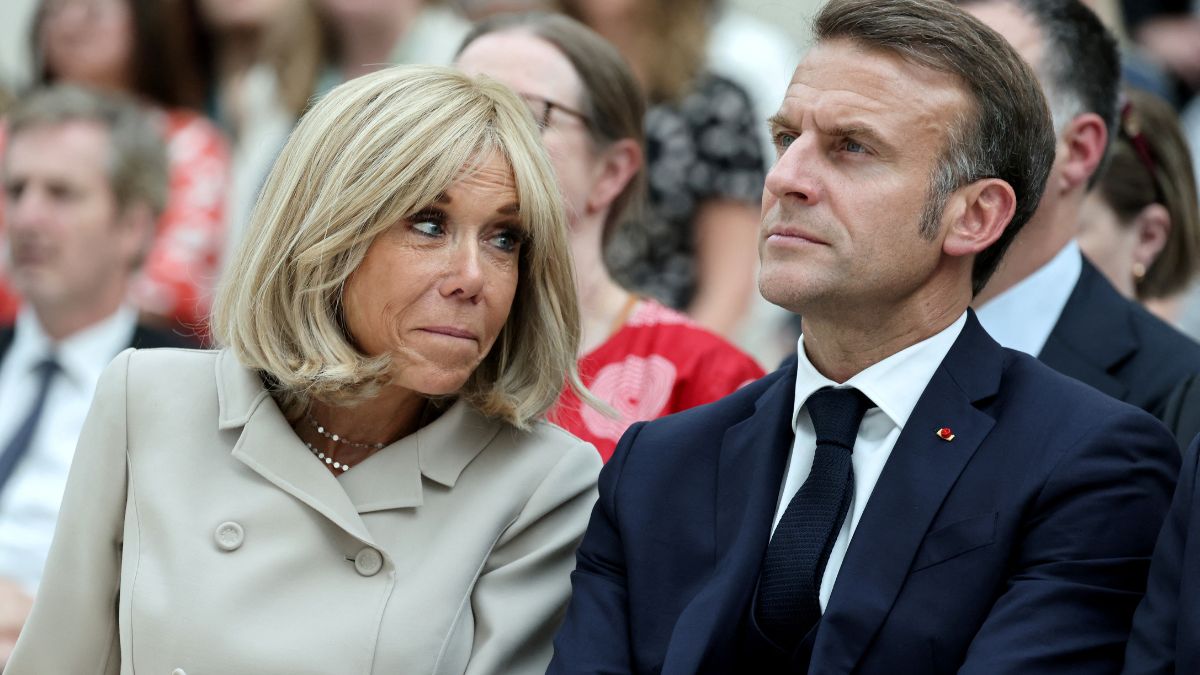)
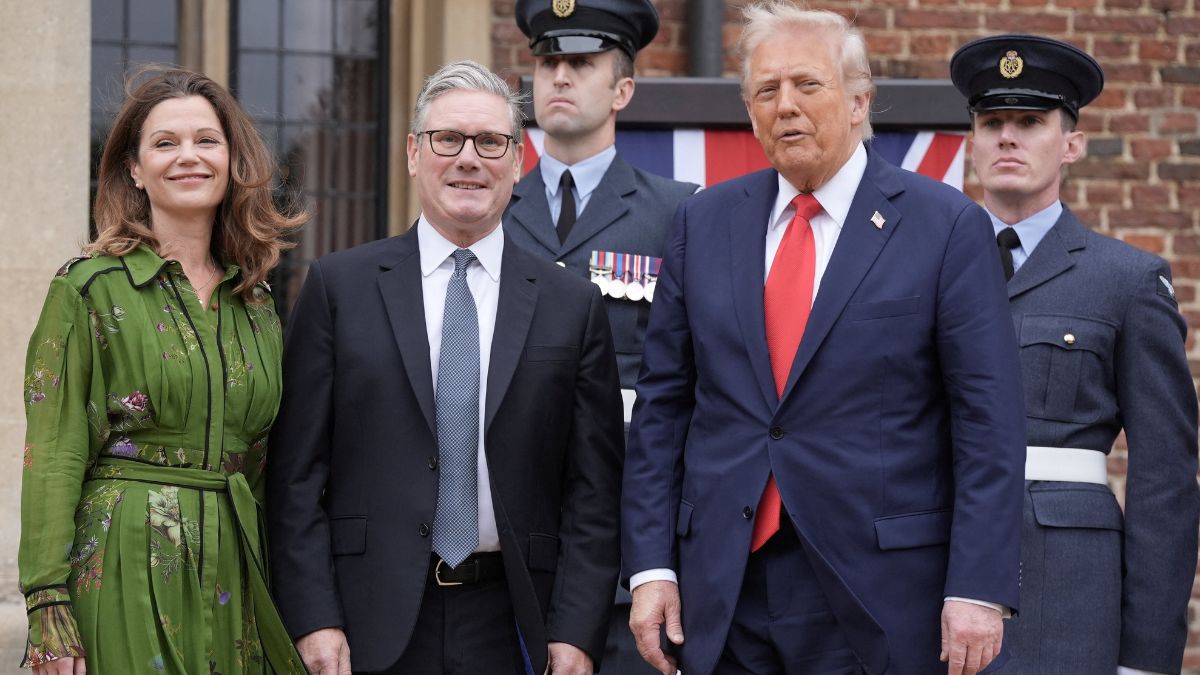)
)
)
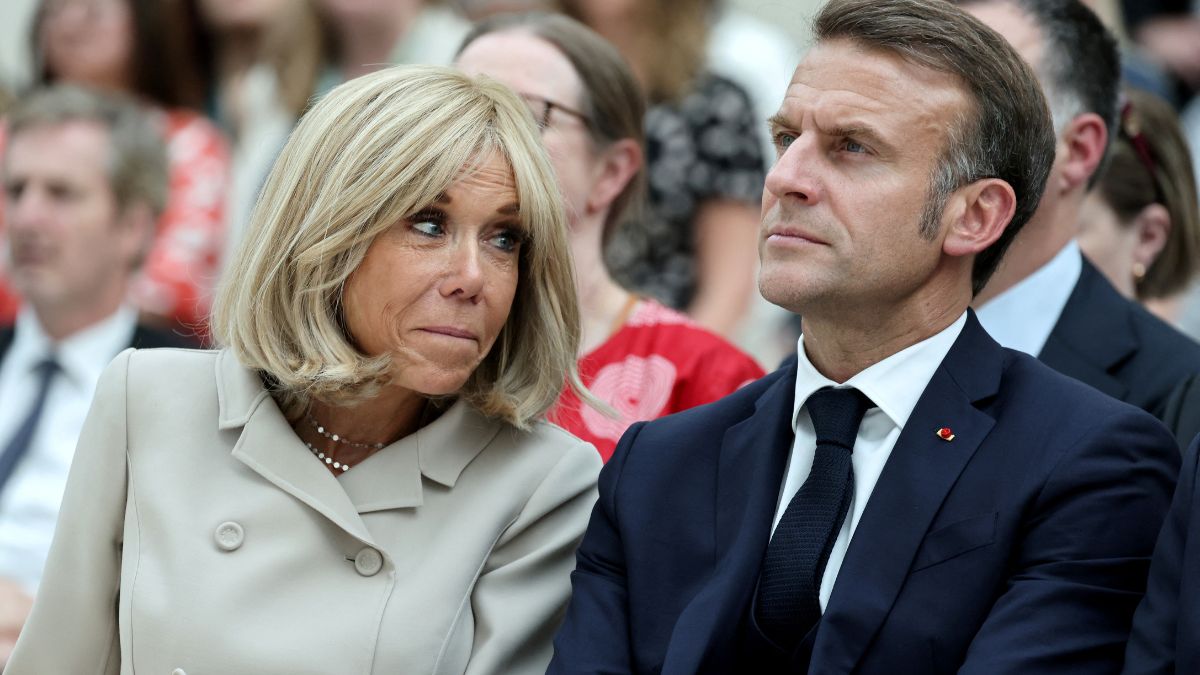)
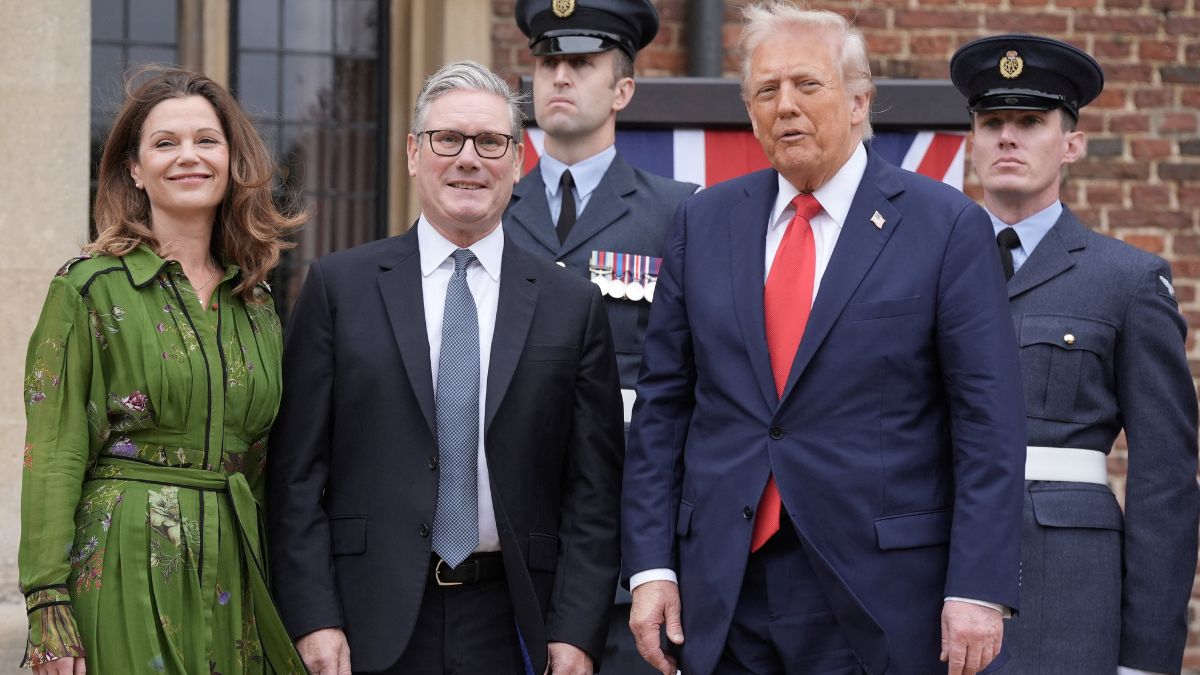)
)
)



